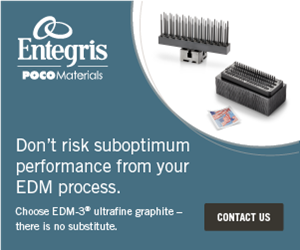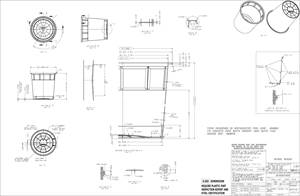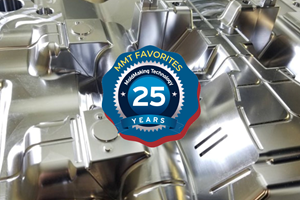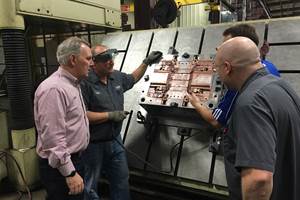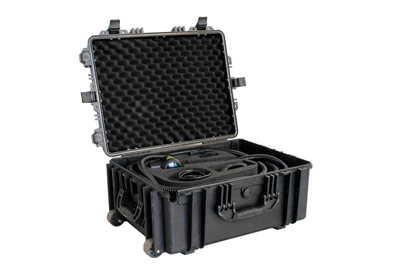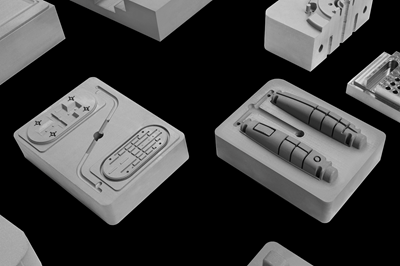2019 Technology Review: Software
MoldMaking Technology’s July 2019 Technology Review and Sourcing Guide offers some of the latest highlighted products and services from supplier companies from a variety of categories, including software.
MoldMaking Technology’s online database offers more than 1,000 manufacturers, distributors and suppliers for more than 200 product and service categories that you employ daily. To keep this information current, MoldMaking Technology surveys and updates its supplier database every spring with the latest company contact information and product/service offerings in our July Technology Review and Sourcing Guide.
Here are the some of the highlighted product/service offerings for software featured in MMT over the past year that were republished in our special July 2019 Technology Review and Sourcing Guide:
Interested in More on Software?
Browse our entire database of moldmaking products in the products section. It includes a comprehensive list of product announcements provided by companies. You can browse to stay updated on the latest product offerings, or search for specific product information based on categories.
Looking for the most current information on moldmaking suppliers? Check out the Software supplier database from our July 2019 Technology Review and Sourcing Guide.
Interested in more of the latest content on software or additive manufacturing from MoldMaking Technology? Be sure to check out the Software Zone for the latest articles, blogs, products, news and videos.
Related Content
It Starts With the Part: A Plastic Part Checklist Ensures Good Mold Design
All successful mold build projects start with examining the part to be molded to ensure it is moldable and will meet the customers' production objectives.
Read MoreLeading Mold Manufacturers Share Best Practices for Improving Efficiency
Precise Tooling Solutions, X-Cell Tool and Mold, M&M Tool and Mold, Ameritech Die & Mold, and Cavalier Tool & Manufacturing, sit down for a fast-paced Q&A focused on strategies for improving efficiencies across their operations.
Read MoreOEE Monitoring System Addresses Root Cause of Machine Downtime
Unique sensor and patent-pending algorithm of the Amper machine analytics system measures current draw to quickly and inexpensively inform manufacturers which machines are down and why.
Read MoreHow to Select a Mold Temperature Controller
White paper shares how cooling channel analysis, which collects maximum pressure drop, total flow rate and heat dissipation, eases the performance evaluation of mold temperature controllers.
Read MoreRead Next
How to Use Strategic Planning Tools, Data to Manage the Human Side of Business
Q&A with Marion Wells, MMT EAB member and founder of Human Asset Management.
Read MoreReasons to Use Fiber Lasers for Mold Cleaning
Fiber lasers offer a simplicity, speed, control and portability, minimizing mold cleaning risks.
Read MoreAre You a Moldmaker Considering 3D Printing? Consider the 3D Printing Workshop at NPE2024
Presentations will cover 3D printing for mold tooling, material innovation, product development, bridge production and full-scale, high-volume additive manufacturing.
Read More

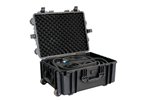
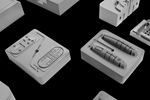

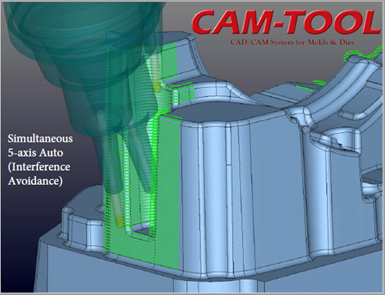
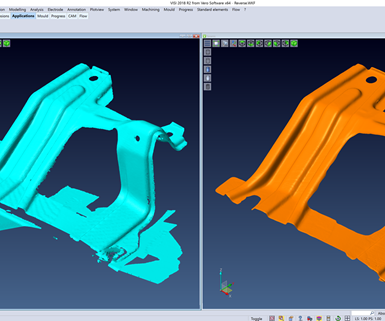
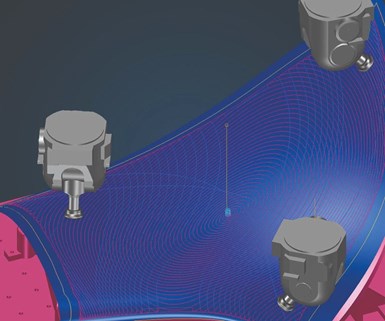
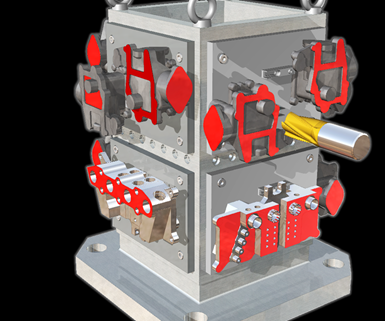
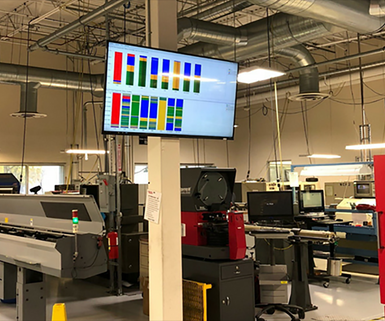



_300x250 4.png;maxWidth=300;quality=90)
.jpg;maxWidth=300;quality=90)





.png;maxWidth=300;quality=90)
